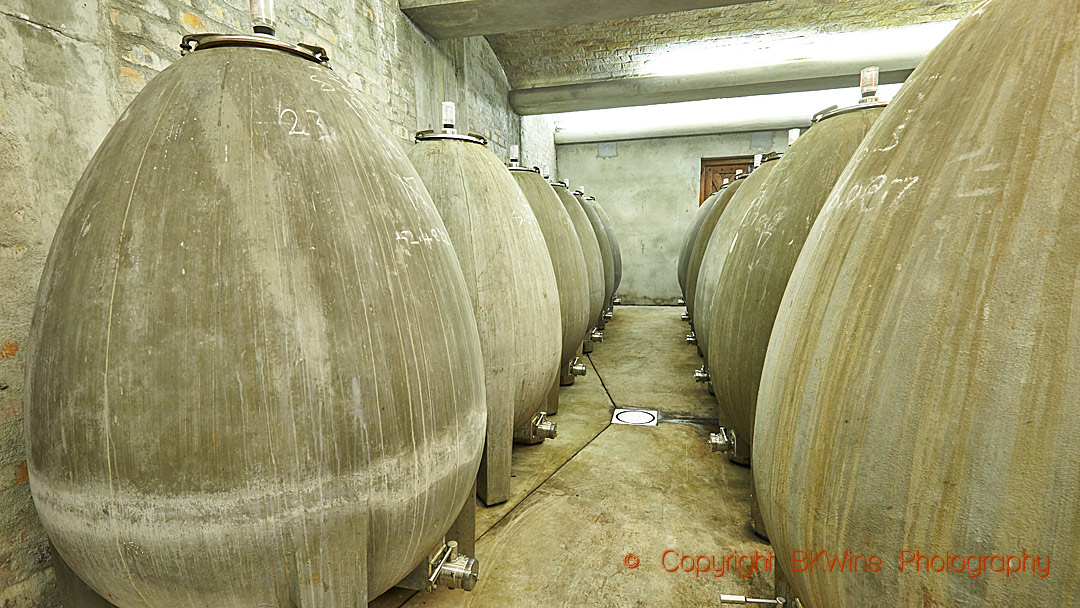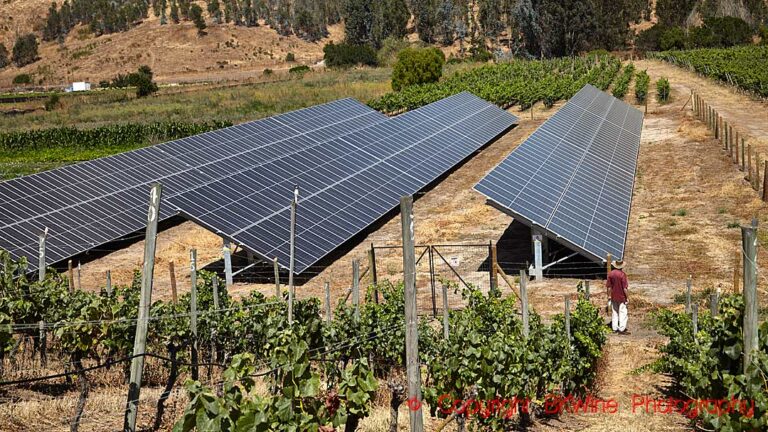We’ve all seen them. (Or perhaps not.) The egg-shaped tanks in concrete or in terracotta. A few years ago, they were a sensation, now it feels like every other winemaker is investing in at least one. But does the shape and material of the fermentation tank really play a role in the character of the wine?
A Chilean researcher has investigated the matter. She fermented must from sauvignon blanc in four different types of tanks: one ordinary cylindrical stainless-steel tank, an egg-shaped concrete tank, an egg-shaped tank in polyethylene and a jar made of terracotta.
When tasting the four different wines, it was difficult to notice any difference. But in a technical analysis of the wines, the following emerged: The wines from the egg-shaped tanks had more residual sugar than the others, 1.75 grams/l versus 1.36 g/l. The concrete tank gave a slightly higher pH (~less acidity/freshness), 3.22 versus 3.15. The steel tank took five days longer to ferment and got a slightly higher content of volatile acidity.
Interesting results, but who knows, maybe the result would be completely different with another grape?
Read more on the tank experiment
Travel: The egg tanks on the picture are from South Africa. Join us on our wine tour to South Africa in February.










